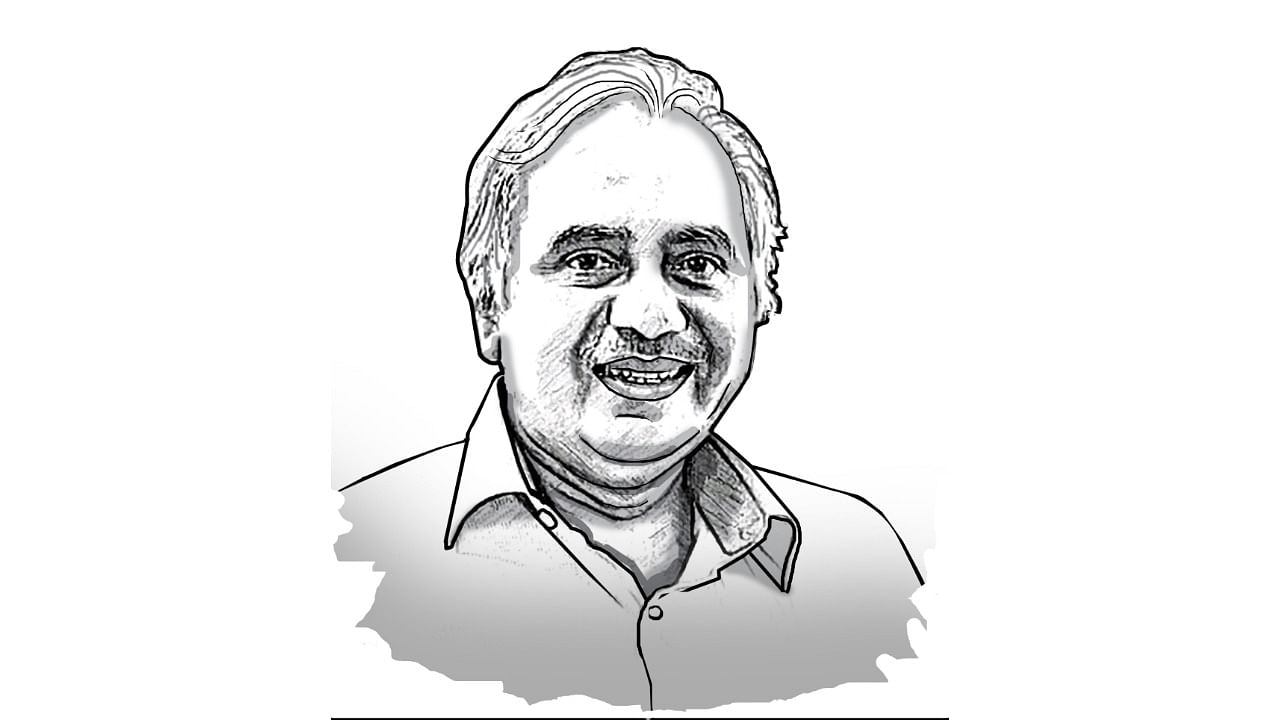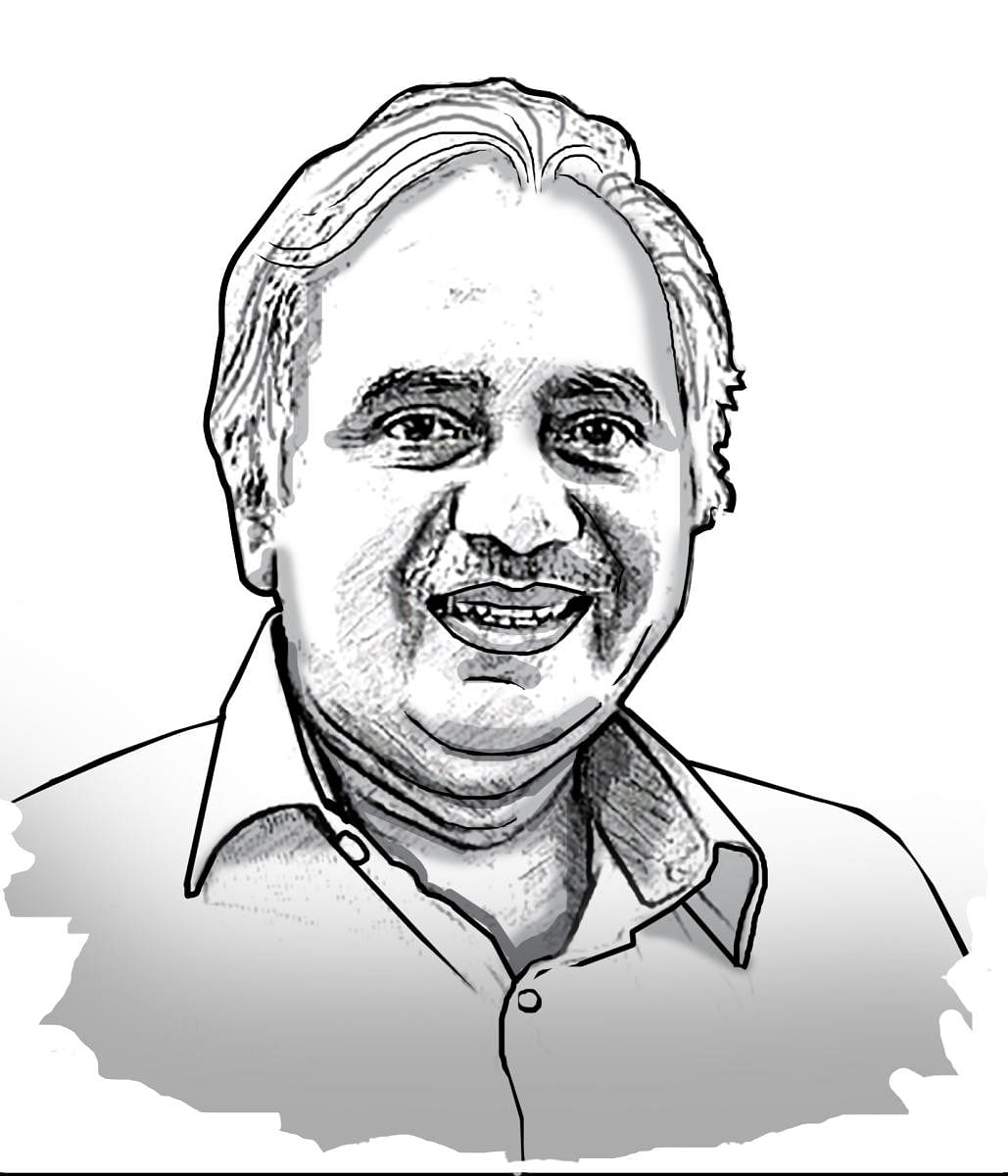
Summit meetings, such as the Modi-Putin meet or the Biden-Putin meet, are followed up with a series of secretarial-level working meetings to implement the agenda decided by the leaders. But recently, Modi and Putin followed up their December 6 summit with a follow-up telephone call between the two leaders themselves. It is significant in the background of a number of geopolitical events and announcements.
Presidential aide Yury Ushakov suggested that a Russia-India-China (RIC) trilateral meeting could be held soon, on the lines of the one that took place in June 2019 in Osaka on the sidelines of the G20 summit. According to the Kremlin spokesperson, Putin informed Chinese President Xi Jinping about his visit to New Delhi. It is not known if the possibility of the RIC meeting was discussed in New Delhi. The Chinese reaction to the proposal is also not known.
The India-China standoff remains unresolved despite 13 rounds of military talks and political efforts to defuse the situation. However much Moscow may want to, there is little it can do to broker peace between India and China.
Russia, meanwhile, is keen to activate its counter-terrorism mechanism, probably to flex its muscles in Taliban-controlled Afghanistan. Moscow seems to be eager to work with both India and China to regain its foothold in Kabul.
In a video address to a Beijing symposium, Russian Deputy Foreign Minister Oleg Syromolotov reportedly recalled the Russian action plans to strengthen counter-terrorism efforts with its partners. “Russia is prepared to pool efforts with China and to take real, constructive efforts, without politicisation, to combat global terrorism, including its manifestations in Afghanistan”, Syromolotov is said to have told the Chinese leadership.
Unlike the US, the Russian leadership does not seem to be fazed by terrorist threats to its internal security. In his address to the annual Security Agency Worker Day, Putin boasted of having foiled more than 200 terrorist attacks over the past 11 years, 32 this year alone. Calling for a tough and uncompromising attitude towards terrorism, he cautioned the agencies that the “international situation is challenging and the nature and scale of current challenges and risks make higher demands on the work of special services.”
Given the single-party control over the political establishment and the zero tolerance to any unlawful activity, non-existent political opposition, and the unbridled powers of his highly authoritarian dispensation, Putin seems least worried about “home grown terror.” Rather, he is looking for a larger coalition to fight the “international terrorist challenge.”
Afghanistan may emerge as ground for power contestation once again, this time with China as the additional contestant. Unlike during the earlier Cold War, the emerging conflict zone is closer home. Delhi needs to prepare for the challenges that could emerge from this situation.
India faces a much greater challenge from terrorism and conventional and non-conventional threats. Considering the challenges from our western and northern neighbours, the need for unobstructed supply of energy to manufacturing centres around the country, and the growing need for defence preparedness, New Delhi has entered into a number of agreements with Russia, without compromising on the principle of strategic autonomy.
At this juncture, it is important for New Delhi to expand bilateral and multilateral trade relations to reach out to a wider Indo-Pacific community and the Central Asian countries. China’s strategy to increase its influence in the region and in India’s extended neighbourhood was prompted by the changed geopolitical realities after the disintegration of the former Soviet Union and the consequent situation emerging in the region common to both India and China. To realise its ambition of emerging as a regional and global power, China embarked on a growth plan that targeted Asia, Africa, and Latin America.
China has followed a “three-track balance of power strategy” in Asia -- maximising the power gap between strong Asian neighbours through focussed military modernisation and, simultaneously, leveraging its economic and political clout; using states like Iran, Pakistan, the Central Asian Republics and Myanmar in its strategy to access critical oil and gas resources and to the Indian Ocean; and using soft power through multilateral economic and political engagement to enhance its strategic influence in Asia. A $10-billion loan to ASEAN for development of land and rail communication corridors, apart from development assistance, is a case in point. Thus, the central pillar of Beijing’s peripheral policy is “to ensure peaceful and dependable periphery” through economic engagement and infrastructure development.
What is Delhi’s roadmap? The foreign ministers of the five Central Asian countries -- Kazakhstan, Kyrgyz Republic, Tajikistan, Turkmenistan and Uzbekistan -- who were in Delhi to attend the third India-Central Asia Dialogue, hosted by External Affairs Minister Jaishankar, called on Modi. The Prime Minister highlighted the importance that India attaches to the Central Asian countries as part of its “extended neighbourhood”. Needless to say, India too has to build on this opportunity and improve rail and road connectivity and extend the seaports to these landlocked Central Asian neighbours.
Unless we have our own independent, seamless route connecting to the region, any energy transportation or rail or road project will face the same fate as that of the Turkmenistan-Afghanistan-Pakistan-India (TAPI) pipeline. The changing dynamics of geopolitics and geo-economics in the region only serve to underline the importance of the areas illegally occupied by Pakistan and those illegally ceded by it to China. Seamless and unfettered access and connectivity to Central Asia is possible only through those areas.
Check out latest DH videos here
